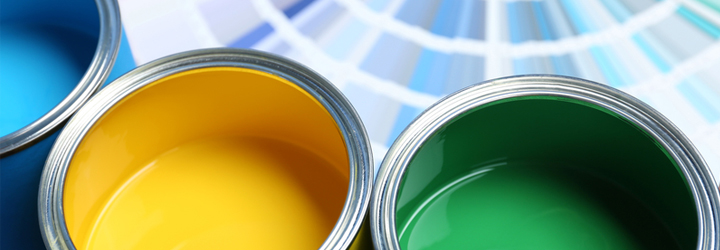The market of synthetic latex polymers assumes a unique set of characteristics in every geography, from performance of the economy, purchasing power of the population, and industrialization to demand patterns, competition from alternate technologies, and performance of the polymers in specific end uses.
North America and China both represent the largest markets of synthetic latex polymers by volume, each accounting for an approximate 25% share of global consumption. Meanwhile, India, which has a much smaller share of around 5% of global consumption, is the fastest-growing market for synthetic latex polymers in the world. It is these three key geographical markets of North America, China, and India that Kline studies in depth this year in its continuous Synthetic Latex Polymers Global Series: Business Analysis and Opportunities program.
Synthetic latex polymers markets are shaped by the trends and dynamics in end-use industries. While paints and coatings is the largest application of synthetic latex polymers in most geographical markets, including North America and India, adhesives and sealants is the leading application in China. This is because China holds the world’s largest packaging industry, consuming the highest amounts of adhesive products.
Comprising more than 15 polymer chemistries, the market of synthetic latex polymers is subject to varied preferences of polymer chemistries in different geographies, mainly based on their performance and cost competitiveness. The United States market, being increasingly quality-conscious, has the largest consumption of pure acrylics chemistry; India, being a highly cost-sensitive market, has the highest consumption of styrene acrylics chemistry.
The supply scenario also differs from one geographical market to another. The market is least fragmented in North America, with the top five suppliers together holding around 60% of the market volume; the most fragmented is China, where the top five suppliers together account for only around 25% of the total market. Chinese and Indian markets have a good mix of multinational and domestic suppliers of synthetic latex polymers.
North America is one of the most mature geographical markets of synthetic latex polymers. The United States and Canada are to witness slow and steady growth rates, with a growing preference toward high-performance and specialty materials. Mexico, on the other hand, offers significant growth opportunities, especially through its fast-growing construction market and leather industry. China is to be the second fastest-growing market of synthetic latex polymers, mainly driven by its continued economic growth; India proposes the highest growth potential in the synthetic latex polymers consumption, globally driven by rapid industrial development and growth in domestic production in addition to increasing income levels.
Various macro and micro trends affect the growth of individual latex chemistries. In North America, RDP continues to be the fastest-growing polymer latex because of its performance benefits, while X-SB is witnessing a decline in the region mainly because of a suffering paper industry. In India, the fastest-growing polymer chemistry is PUR emulsions, as the adhesives and sealants and industrial paints and coatings markets move toward premium-quality products.
Covering the complex market of synthetic latex polymers for 50 years, Kline now offers a new, continuous synthetic latex polymers program which rotates the analyzed regions. Synthetic Latex Polymers: Global Business Analysis and Opportunities is designed to provide both instant market results through a new and fully interactive database, as well as in-depth analyses of each regional end-use segment through comprehensive reports. Contact our team, to learn more.

